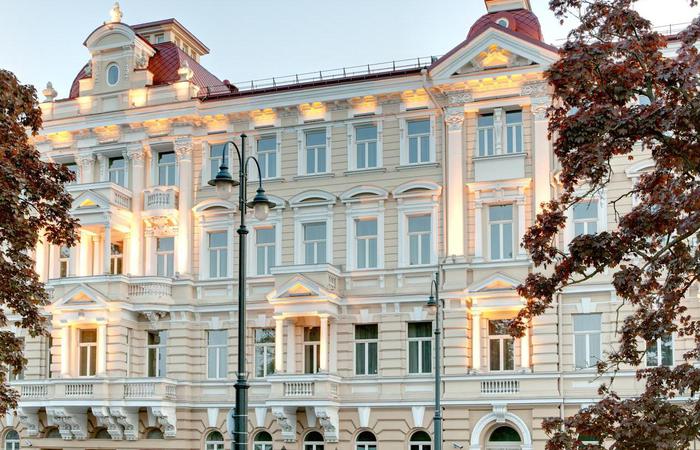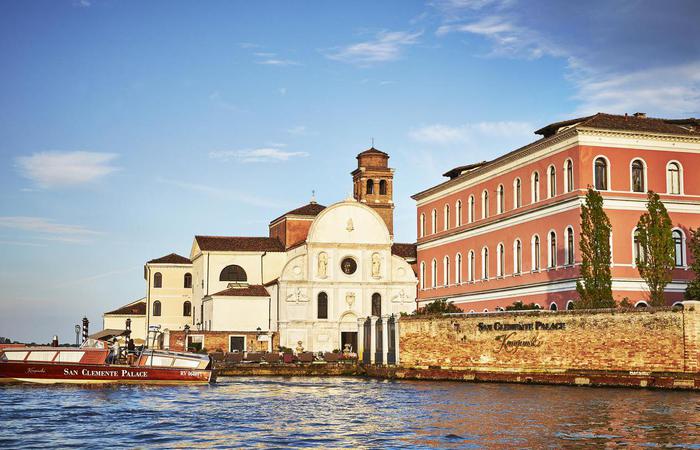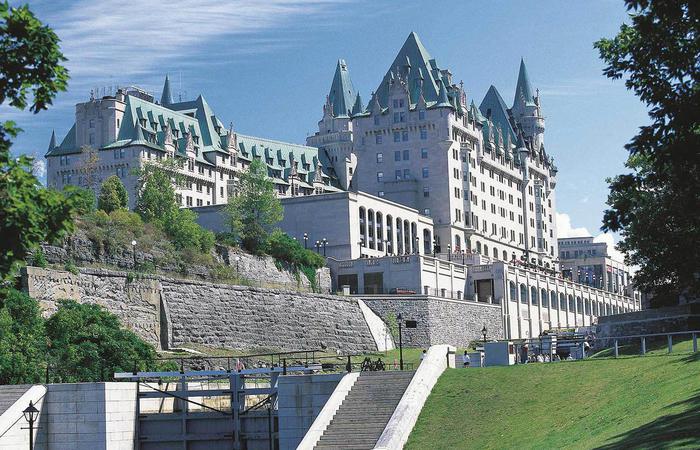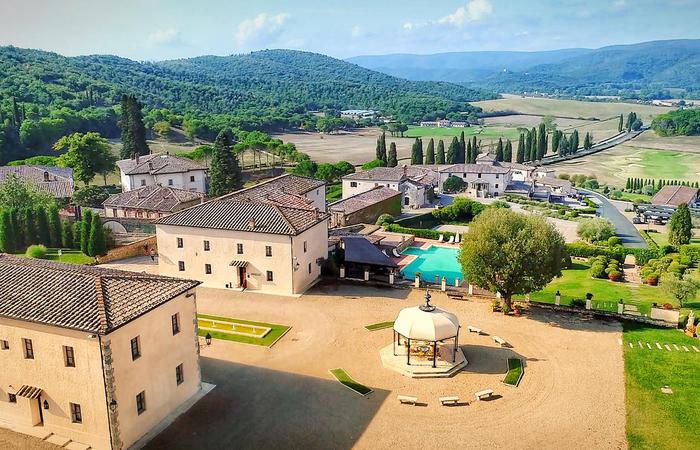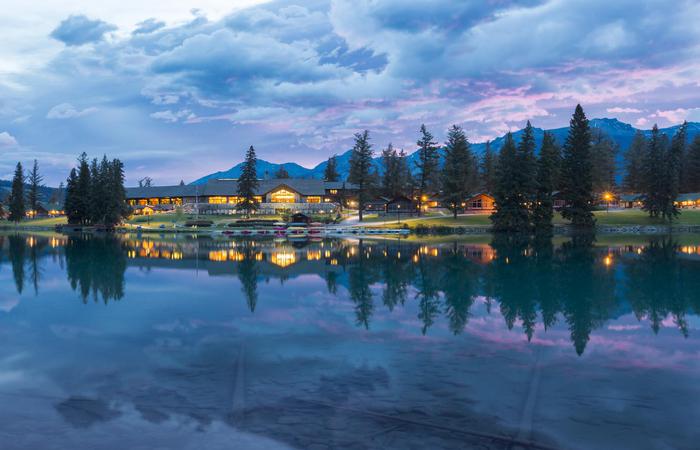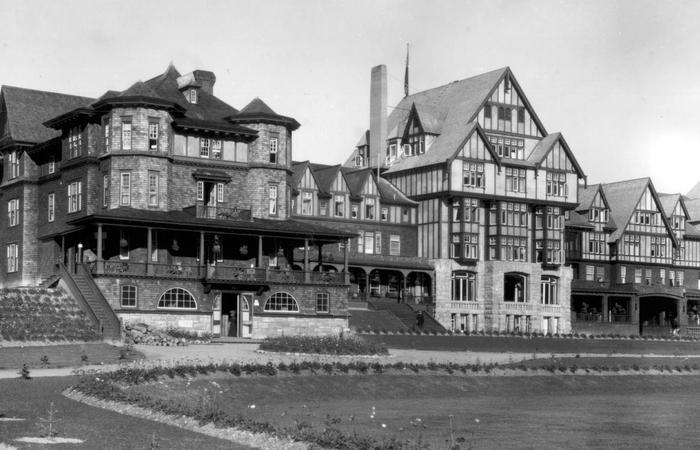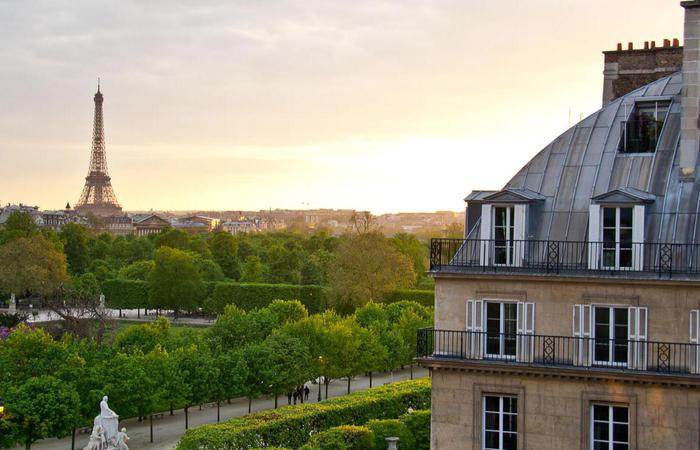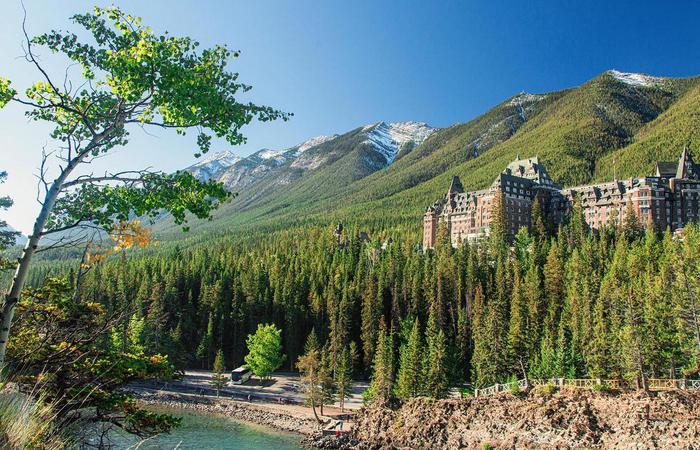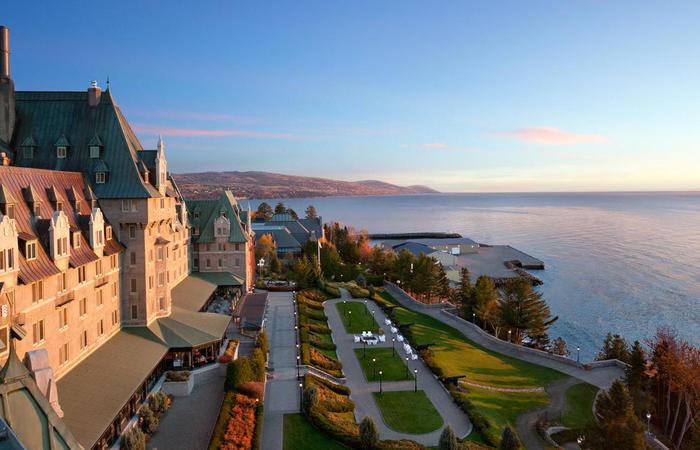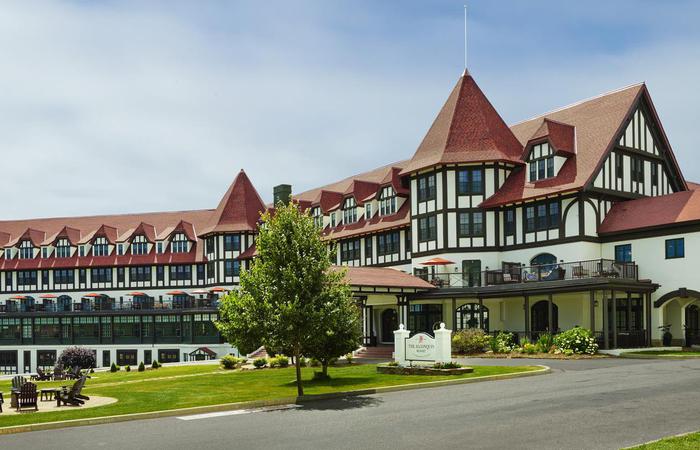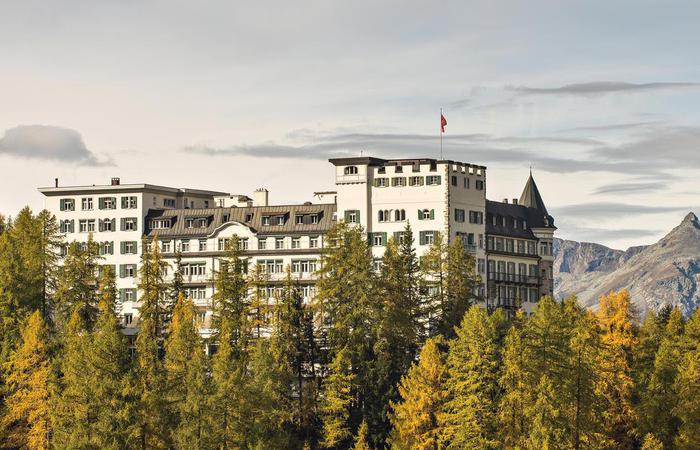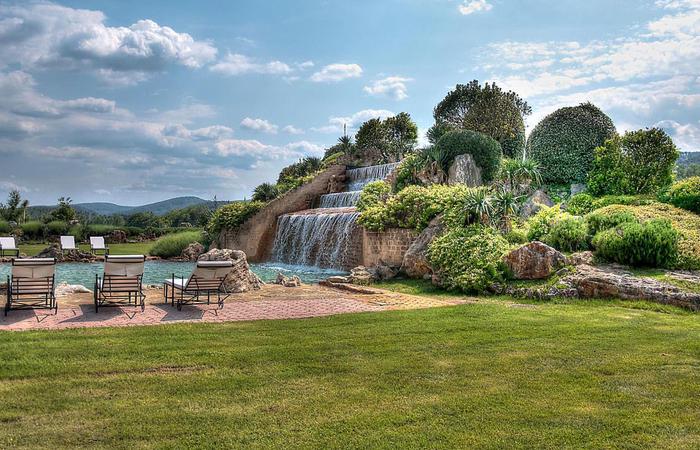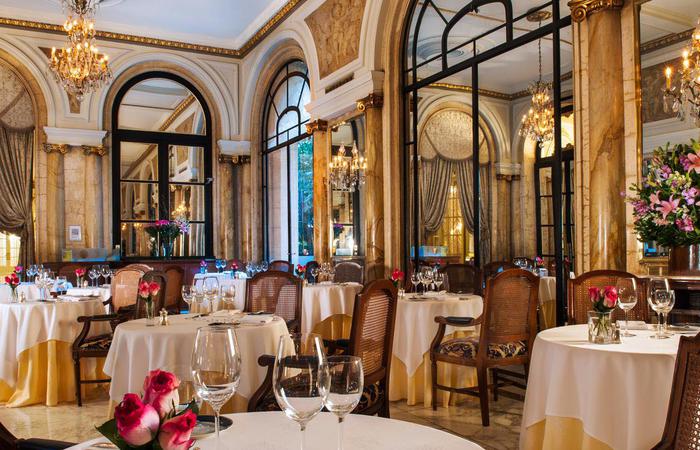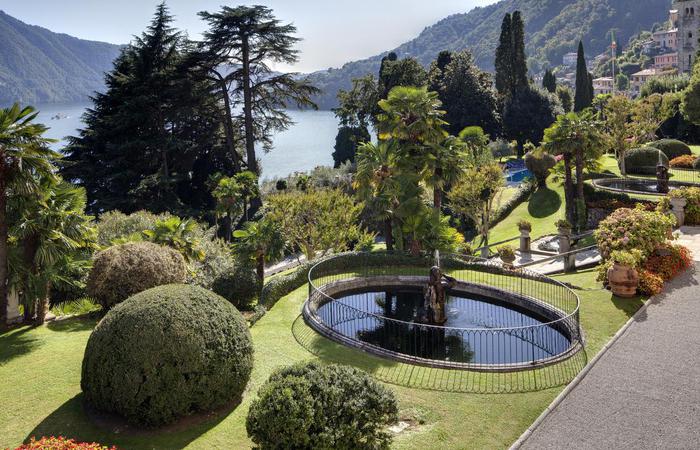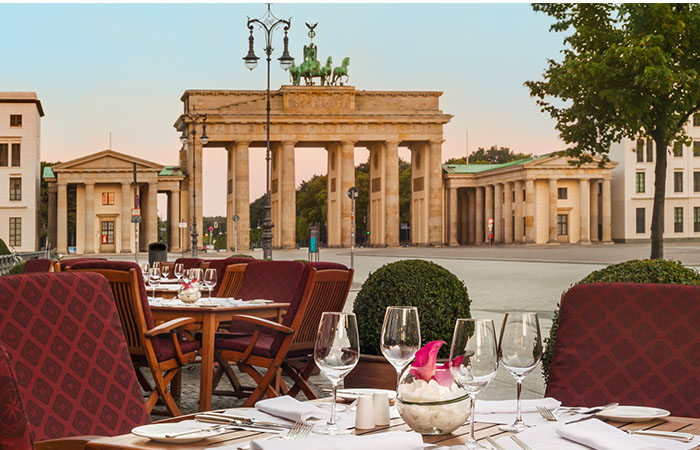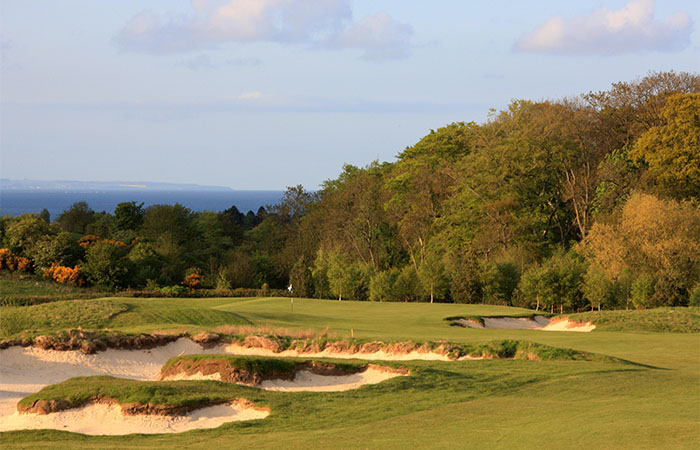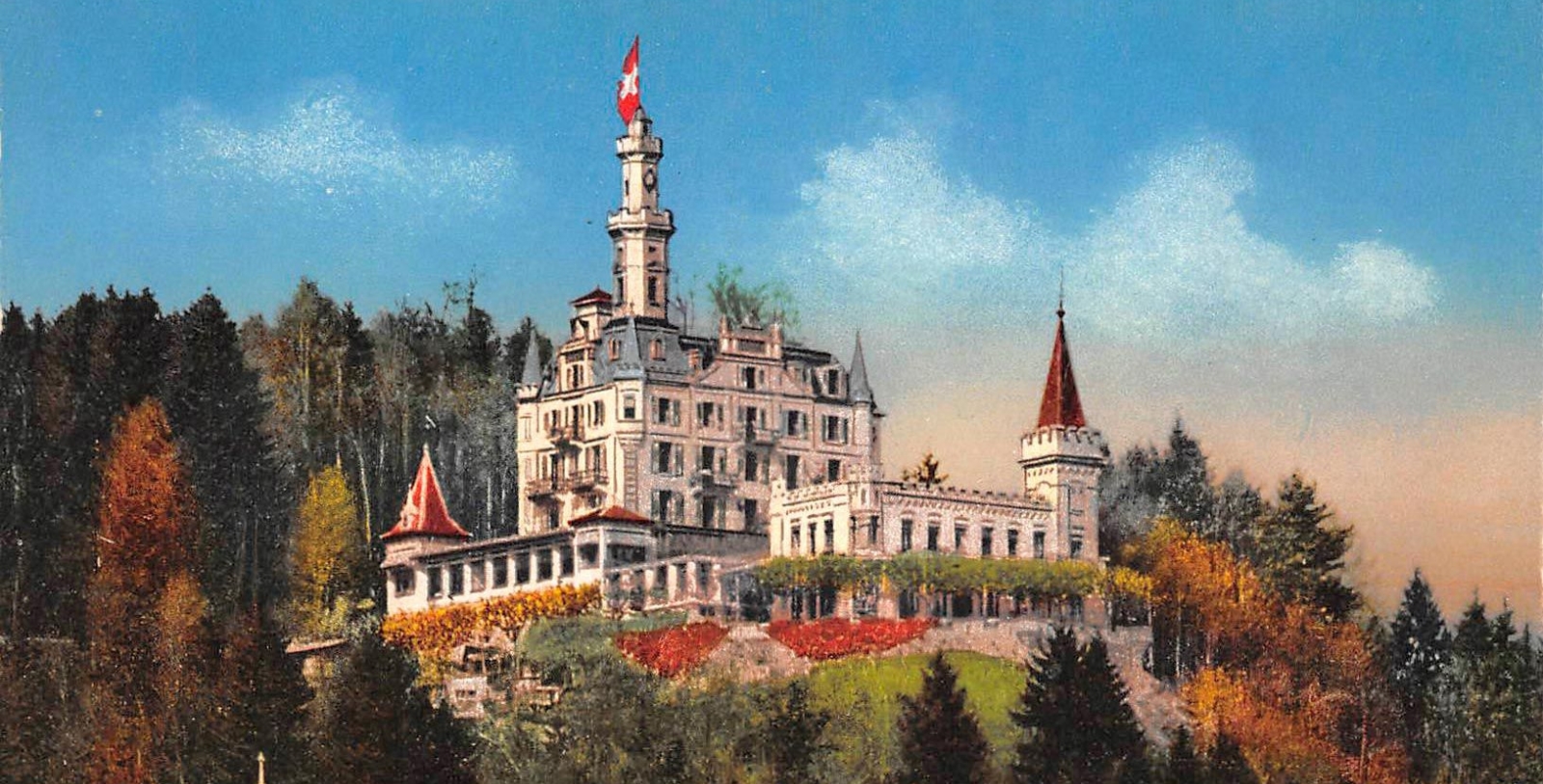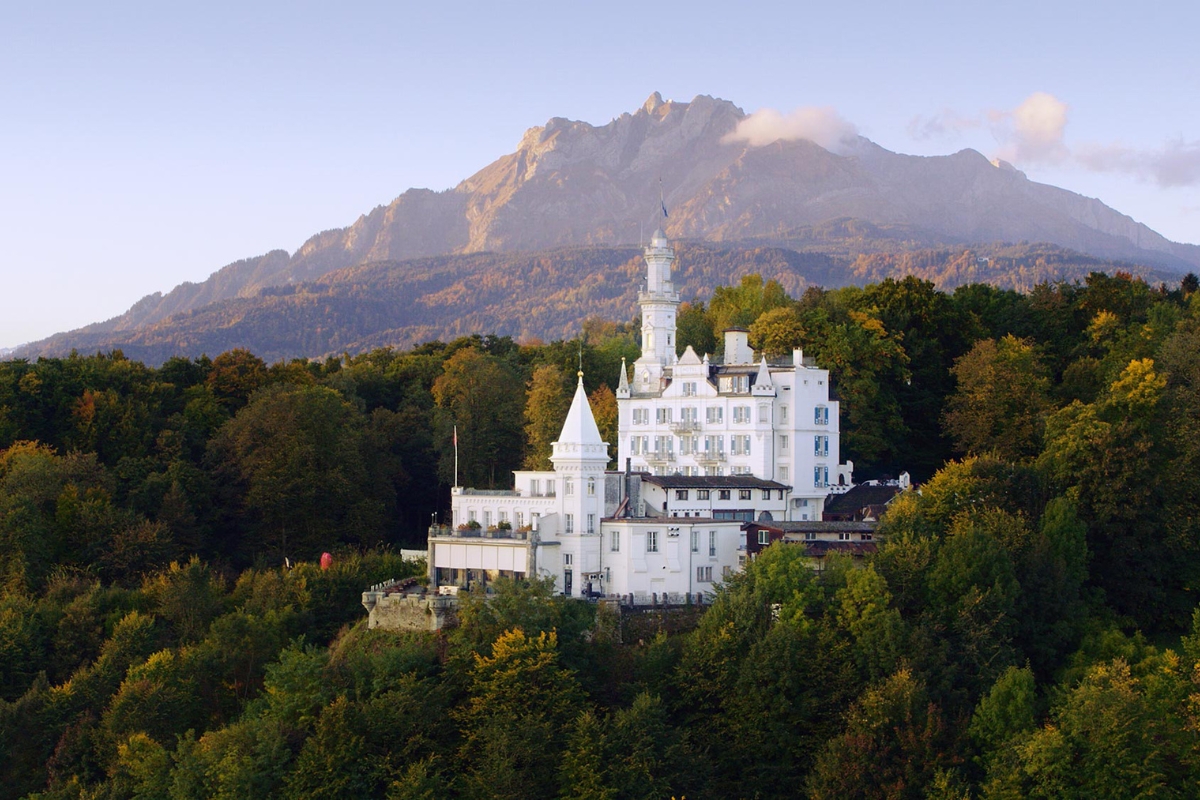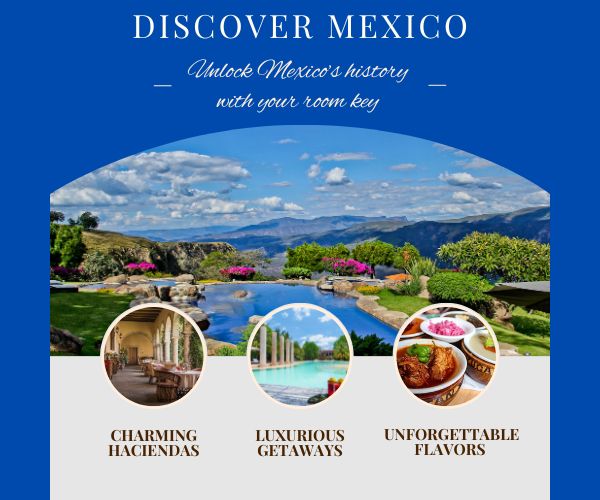Receive for Free - Discover & Explore eNewsletter monthly with advance notice of special offers, packages, and insider savings from 10% - 30% off Best Available Rates at selected hotels.
history
Discover Hotel Château Gütsch, which was designed to resemble the famous Neuschwanstein Castle in neighboring Bavaria.
Hotel Château Gütsch, a member of Historic Hotels Worldwide since 2024, dates to 1859.
VIEW TIMELINEToward the end of the 16th century, the prominent Swiss city of Lucerne had just completed an ambitious public works project that saw its outlying borders heavily reinforced. The new defenses were meant to safeguard the city's numerous residents, who had experienced great hardship amid a series of tumultuous religious wars that occurred a few decades prior. Among the last fortifications constructed around the metropolis was an imposing bastion known as the "Gütsch Tower," which overlooked several important mountain passes located further to the north. Designed with many prevalent Gothic-inspired motifs, the magnificent castle subsequently dominated the local skyline for generations. Fortunately for the population of Lucerne, the need for the impressive city defenses waned over time to the point they served little purpose by the middle of the 19th century. In light of those developments, one enterprising hotelier named Burkhard Pfyffer acquired a plot of land next to the Gütsch Tower in 1859. The forward-thinking entrepreneur had yearned to create a quaint inn upon the site, given the stunning views of Lake Lucerne and its tributary, the Reuss, that the area offered. Much to his delight, municipal officials eventually granted Pfyffer an operating license to run the business, which he officially opened not long thereafter. The inn quickly developed an impressive reputation in turn, attracting all kinds of illustrious clientele from across Europe.
In fact, Queen Victoria of the United Kingdom and two of her children—Princess Louise, Duchess of Argyll, and Prince Arthur, Duke of Connaught and Stratheam—frequented the building on several occasions amid a greater trip to Lucerne in 1868! Then in 1879, another ambitious businessperson named Ignaz Businger decided to obtain the inn, having found its pastoral character to be exceptionally charming. He subsequently invested heavily toward ensuring its upkeep over the following years, going as far as to commission additions that expanded its size exponentially. The structure thus gradually came to resemble a gorgeous French-inspired chateau, complete with an array of ornately designed apartments that showcased only the best Victorian-era architectural motifs. But Businger had even instituted some of the most cutting-age technology of the era, too, as epitomized by his opening of the accompanying Gütsch Funicular in 1884. Now known as "Hotel Château Gütsch," this amazing facility continued to thrive as one of the most distinguished hotels throughout Switzerland. Further renovations occurred at the hotel around this time, too, with the most consequential concluding around the beginning of the 20th century. Architect Emil Vogt had specifically overseen the comprehensive project, spending months altering the structure’s overall appearance to mimic the whimsical character of the famous Neuschwanstein Castle in neighboring Bavaria.
Nevertheless, Hotel Château Gütsch soon faced significant challenges during both World Wars, with the hotel even functioning as a refuge for displaced persons throughout World War II. Despite these hardships, the historic business emerged resilient, continuing to welcome guests from around the world and serving as an important venue for local celebrations and events. Perhaps the greatest symbol of its enduring appeal was the continued arrival of esteemed guests, such as individuals like Madeline Albright, Claudio Abbado, Henry Moore, and Shirley Bassey. More recently in 2012, Hotel Château Gütsch was purchased by Evgeny Lebedev, who subsequently commissioned renowned designer Martyn Lawrence Bullard to help restore the entire compound back to its former glory. These renovations aimed to preserve the historic charm of the hotel while infusing it with contemporary luxury. Additional renovations then transpired in 2014 and 2021, which further focused on preserving the building's surviving historical details. Hotel Château Gütsch has since remained a beloved destination among both local and international visitors alike. Indeed, the hotel's rich history—combined with its luxurious amenities—have ensured that it will remain a symbol of elegance and sophistication for many years to come. Its story is truly one of vision, resilience, and timeless beauty, making it a cherished cultural landmark in Switzerland.
-
About the Location +
Nestled in the heart of Switzerland, Lucerne's history is a tapestry woven with threads of cultural, political, and social transformations. The city's journey from a modest settlement to a vibrant urban center is marked by significant events and influential figures that have shaped its identity over generations. The origins of Lucerne can specifically be traced back to the 6th century, following the fall of the Roman Empire. During this period, Germanic Alemannic tribes began to exert their influence over the region, overthrowing many of the power structures that survived Rome's collapse. Around this time, a group of Benedictine monks established the St. Leodegar monastery at the site of present-day Lucerne, which eventually fell under the control of Murbach Abbey in Alsace by the mid-9th century. This era subsequently denoted the beginning of Lucerne's development as a notable settlement, known then as "Luciaria." (The name's origin is debated, with some suggesting it derives from the Latin word for pike, "lucius," indicating a fishing spot in the Reuss River.) Then in 1178, Lucerne gained independence from Murbach Abbey's jurisdiction, marking the founding of the city proper. Its strategic location along the Gotthard trade route quickly elevated its importance in regional commerce, ultimately reaching the size of a sprawling, self-sufficient metropolis at the height of the Middle Ages. However, the increasing influence of the Habsburgs—particularly King Rudolph I von Habsburg—on the Monastery of St. Leodegar and its lands (including Lucerne) gradually led to unrest among the populace. Seeking independence from encroaching Habsburg rule, Lucerne allied with several neighboring towns.
In 1332, Lucerne, along with the cantons of Uri, Schwyz, and Unterwalden, formed a coalition remembered as the "Old Swiss Confederacy." Adied by the inclusion of additional settlements like Zug and Bern, the Old Swiss Confederacy achieved independence from the Habsburgs at the Battle of Sempach in 1386. This triumph ignited an era of expansion and self-governance for Lucerne, solidifying its borders to resemble the ones that exist today. Lucerne's newfound autonomy allowed it to flourish as well, although the Black Plague briefly brought an end to this expansion for several years. Nevertheless, religious conflict eventually embroiled the city upon the start of the Protestant Reformation during the 16th century. Due to its predominantly Catholic identity, Lucerne became a target among the many Protestant-affiliated communities that surrounded it. But the victory of the Catholic-aligned forces at the Battle of Kappel in 1531 gave Lucerne some temporary respite, granting its residents time to recoup their losses. Former enemies like Zürich and Basel soon started to overshadow Lucerne in both political and economic power though, particularly after the Toggenburg War in 1712. The French Revolution's ripple effects then reached Lucerne in 1798, leading to the collapse of the Old Swiss Confederacy and the establishment of a democratic government. The Industrial Revolution arrived late in Lucerne, with a small percentage of the population working in industry by the middle of the century. Industrialization rapidly increased toward the start of the 20th century; especially once improved transportation links became readily available.
Despite the mounting appearance of factories in Lucerne, its enduring pastoral character attracted artists, musicians, and writers. For instance, the German composer Richard Wagner made his home in Tribschen in 1866, and Queen Victoria's visit in 1868 further boosted the city's profile. The American writer Mark Twain's travel writings, inspired by his visits in 1878 and 1897, popularized Lucerne among global audiences. Swiss poet and Nobel laureate Carl Spitteler resided in Lucerne from 1892 until his death many years later in 1924. The city's status as a fashionable destination led to the development of modern tourism. Iconic hotels like the Schweizerhof Hotel (1845), Grand Hotel National (1870), and Château Gütsch (1879) opened that helped cater to the influx of international visitors. Swiss hotelier César Ritz managed the Grand Hotel National from 1878 to 1888, too, further enhancing Lucerne's reputation as a premier vacation retreat. Lucerne has since managed to remain one of Switzerland's most preeminent cultural destinations, offering access to an extensive variety of unique places to experience. Cultural heritage travelers have particularly come to adore exploring the city in recent years, due to the presence of historic landmarks like the Chapel Bridge (Kapellbrücke), the Lion Monument (Löwendenkmal), Old Town (Altstadt), and the open-air Glacier Garden (Gletschergarten Luzern) within its borders. Those sites, along with the city's vibrant cultural scene and stunning natural beauty, truly make Lucerne a captivating destination for countless sightseers from around the world.
-
About the Architecture +
When local Swiss architect Emil Vogt redesigned the historic Hotel Château Gütsch, he chose Gothic Revival-style architecture as his main source of inspiration. Gothic Revival-style architecture was born from the Romanticism that swept through Europe in the middle of the 19th century. This demarcated a distinctive break from the Neoclassicism of the century prior, which drew its architectural inspiration from the Greco-Roman civilizations of antiquity. The desire for the medieval design principles of Gothic Revival architecture reflected a broader trend within Western societies—particularly in Europe—to preserve the past in some meaningful way. As such, architects took to preserving the surviving buildings from the period, while creating new ones that mirrored the aesthetic. The most common structural elements incorporated into buildings developed with Gothic Revival style was the pointed arch. This profound feature manifested around windows, doors, and rooftop gables. But it also influenced the development of entire substructures, leading to the creation of such features as mock parapets, conical towers, and high spires. Other characteristics associated with Gothic Revival-style architecture included a special kind of wooden trimming known as either "vergeboards" or "bargeboards." Porches featured turned posts or slender columns, while the roof was often deeply pitched and lined with dormers. Architects typically used this style for rural buildings set within a historic village or town, although some in the field chose it for commercial structures from time to time. Contemporary churches came to showcase Gothic Revival style the most, as their natural layout was well-suited to showcase the best of the form.
The building showcases many elements of Classical Revival-style architecture. Also known as "Neoclassical," Classical Revival architecture is among the most common architectural forms seen throughout the world today. This wonderful architectural style first became popular in Paris, namely among French architectural students who had studied in Rome during the late 18th century. Upon their return home, the architects began emulating aspects of earlier Baroque aesthetics into their own designs before finally settling on Greco-Roman examples. Over time, the embrace of Greco-Roman architectural themes spread across the globe, reaching destinations like Germany, Spain, and Great Britain. As with the equally popular Revivalist styles of the same period, Classical Revival architecture found an audience for its more formal nature. It specifically relied on stylistic design elements that incorporated components like the symmetrical placement of doors and windows, as well as a front porch crowned with a classical pediment. Architects would install a rounded front portico that possessed a balustraded flat roof. Pilasters and other sculptured ornamentations proliferated across the façade of the building, too. The most striking feature of buildings designed with Classical Revival-style architecture were massive columns that displayed some combination of Corinthian, Doric, or Ionic capitals. With its Greco-Roman temple-like form, Classical Revival-style architecture was considered most appropriate for municipal buildings like courthouses, libraries, and schools. But the form found its way into more commercial uses, including banks, department stores, and hotels. Examples of the form can still be found throughout many major cities as well, including London, Paris, and New York City.
-
Famous Historic Guests +
Arturo Toscanini, composer who famously led the Metropolitan Opera, New York Philharmonic, and the NBC Symphony Orchestra.
Henry Moore, artist known for his semi-abstract monumental bronze sculptures.
Shirley Bassey, singer remembered for her vocals on the famous James Bond films, Goldfinger, Moonraker, and Diamonds Are Forever.
Thomas Mann, novelist, writer, and social critic who won the Nobel Prize in Literature in 1929.
Claudio Abbado, conductor remembered for his talents leading the Berlin Philharmonic, the London Symphony Orchestra, and La Scala.
Michael Jackson, singer best remembered for such albums as Off the Wall, Thriller, and Dangerous.
Henry Kissinger, 56th U.S. Secretary of State (1973 – 1977)
Madeleine Albright, first women to serve as U.S. Secretary of State (1997 – 2001)
Wallace Simpson, Duchess of Windsor
Princess Louise, Duchess of Argyll
Prince Arthur, Duke of Connaught and Strathearn
Queen Victoria of the United Kingdom of Great Britain and Ireland (1837 – 1901)
King Edward VIII of the United Kingdom (1936; abdicated and became the Duke of Windsor)
-
Film, TV and Media Connections +
Pink Panther (2006)

